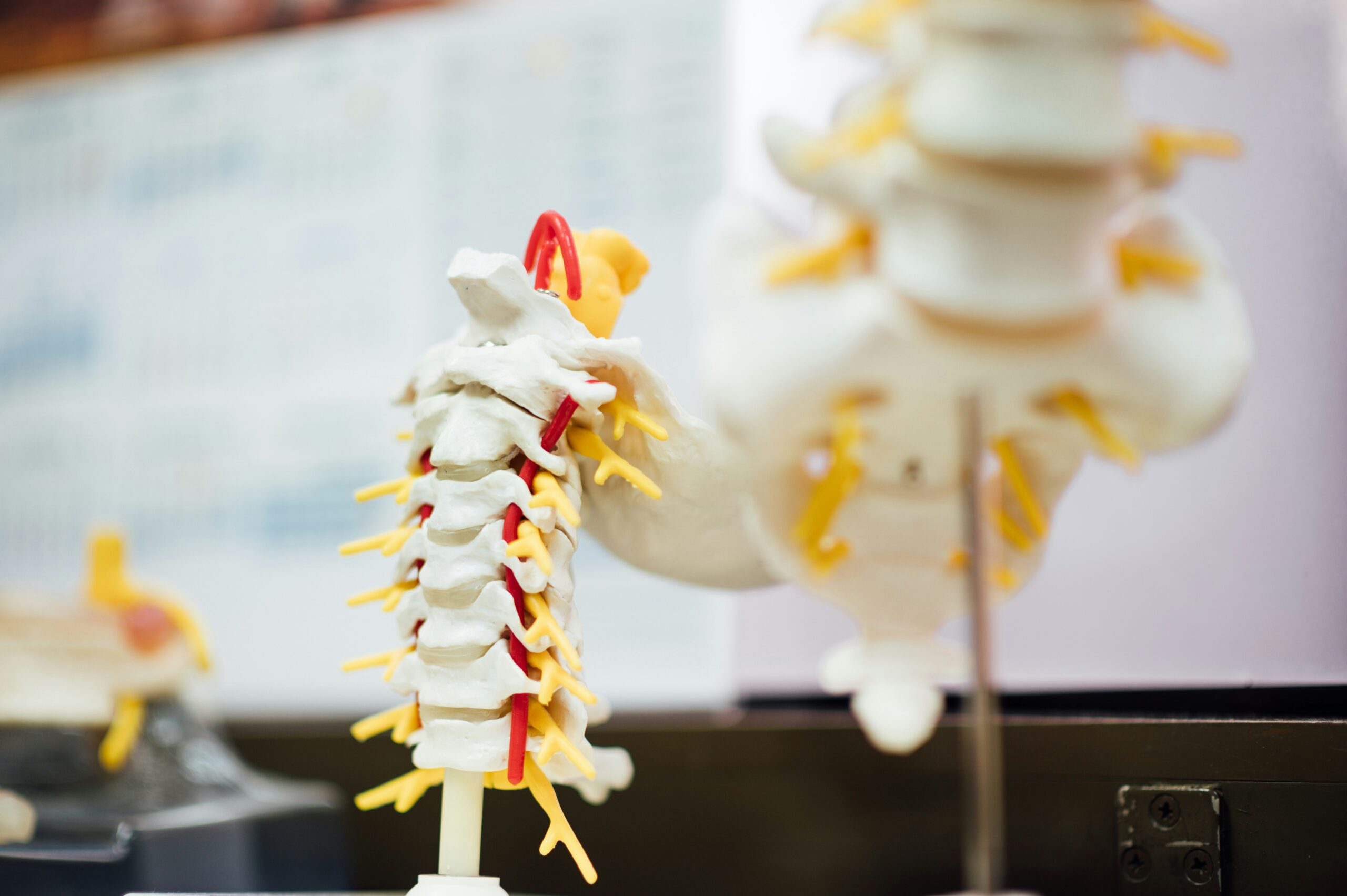
Back pain affects millions of people, reducing productivity, limiting mobility, and diminishing quality of life. While many individuals wait until discomfort appears to seek solutions, preventing spine problems before they start is far more effective. A combination of posture awareness, proper movement habits, and lifestyle adjustments can help maintain spine health and reduce the risk of chronic pain later in life.
Understanding Spinal Health
The spine serves as the central support structure of the body, connecting the skull to the pelvis and protecting the spinal cord. It allows flexibility, supports body weight, and enables movement in multiple directions. Healthy discs, ligaments, and muscles work together to maintain stability and absorb shocks.
When the spine weakens or suffers repeated stress, problems such as herniated discs, muscle strain, or degenerative changes can occur. Understanding how the spine functions is the first step toward protecting it. By recognizing the factors that contribute to spinal issues, individuals can make intentional choices to maintain long-term back health.
The Role of Posture
Posture has a direct impact on spinal health. Sitting or standing with proper alignment reduces stress on vertebrae and discs. Conversely, slouching or leaning forward strains muscles and ligaments, which can lead to pain over time. Maintaining an upright posture, with shoulders back and ears aligned over the shoulders, supports spinal integrity.
During daily activities such as working at a desk, carrying groceries, or using a phone, minor adjustments make a significant difference. By consciously correcting posture and avoiding prolonged positions that stress the spine, individuals prevent minor issues from developing into chronic conditions. Transitioning to better posture requires awareness and consistent effort but produces lasting benefits.
Exercise for a Strong Spine
Regular exercise strengthens the muscles that support the spine, including the core, back, and hips. Strong muscles act as a natural brace, distributing loads evenly and reducing the risk of injury. Incorporating movement into daily routines also enhances flexibility, improves circulation, and promotes spinal alignment.
Low-impact activities such as walking, swimming, or yoga enhance mobility without placing excessive strain on the spine. Additionally, targeted exercises for the core and back help stabilize the vertebrae and prevent common injuries. Exercising consistently builds endurance and resilience, which allows the spine to withstand the stresses of daily life.
Safe Lifting and Movement Habits
How individuals lift, bend, and twist significantly affects spinal health. Improper movement often causes acute injuries or contributes to long-term degeneration. By learning safe techniques, people can protect their spines from unnecessary stress.
For instance, bending at the knees rather than the waist distributes weight more evenly and engages leg muscles instead of straining the lower back. Maintaining a neutral spine while lifting or twisting helps prevent excessive pressure on the discs and ligaments, thereby reducing the risk of injury. These habits, practiced consistently, help avoid injuries that can lead to chronic back problems.
Ergonomics at Work and Home
Many spine problems develop due to prolonged sitting or poorly designed workspaces. Ergonomics focuses on creating environments that support posture and reduce strain. Chairs, desks, and computer monitors should be positioned to align with the body, minimizing tension in the neck, shoulders, and back.
Adjusting the height of chairs and desks, using lumbar support, and positioning screens at eye level help maintain natural spinal curves. Additionally, taking short breaks to stand, stretch, or walk helps encourage blood flow and prevent stiffness. By optimizing both work and home environments, individuals protect their spines while performing daily tasks efficiently.
Lifestyle Choices That Support the Spine
Lifestyle factors, including nutrition, weight management, and stress reduction, play a significant role in spinal health. Excess weight increases pressure on vertebrae and discs, accelerating wear and tear. Maintaining a balanced diet rich in calcium, vitamin D, and protein strengthens bones and supports muscle function.
Stress also affects posture and muscle tension, often leading to chronic discomfort. Mindfulness practices, relaxation techniques, and sufficient sleep allow the spine to recover from daily stress. By adopting a holistic approach to lifestyle, individuals enhance their spinal health and reduce the likelihood of developing long-term problems.
Recognizing Early Warning Signs
Even with preventive measures, it is essential to recognize early signs of spinal issues. Persistent stiffness, localized pain, or tingling in the limbs may indicate that the spine is under stress. Early evaluation by a medical professional allows for interventions that prevent progression and minimize discomfort.
Addressing symptoms promptly through physical therapy, corrective exercises, or other treatments ensures that minor issues do not develop into chronic problems. Awareness and timely action are key components of maintaining a healthy spine throughout life.
Building a Habit of Prevention
Protecting the spine requires daily commitment. Simple, consistent actions, such as maintaining a mindful posture, engaging in regular exercise, and making ergonomic adjustments, accumulate over time to produce significant benefits. By integrating these habits into routines, individuals can prevent many common spine problems and enjoy greater comfort, mobility, and productivity.
Preventive care also fosters long-term independence. A healthy spine enables people to continue working, exercising, and engaging in recreational activities without the limitations caused by pain. The effort invested in prevention today pays off with a more active and fulfilling future.
Preventing spine problems before they start is both achievable and essential for long-term health. By understanding spinal mechanics, maintaining proper posture, strengthening supporting muscles, and adopting safe movement habits, individuals reduce the risk of chronic back issues. Ergonomic environments, balanced nutrition, and mindful stress management further enhance spinal wellness. With consistent attention to these factors, individuals can protect their spines, prevent pain, and maintain mobility throughout their lives. Early prevention provides the foundation for a strong, healthy back and a more active, pain-free lifestyle.